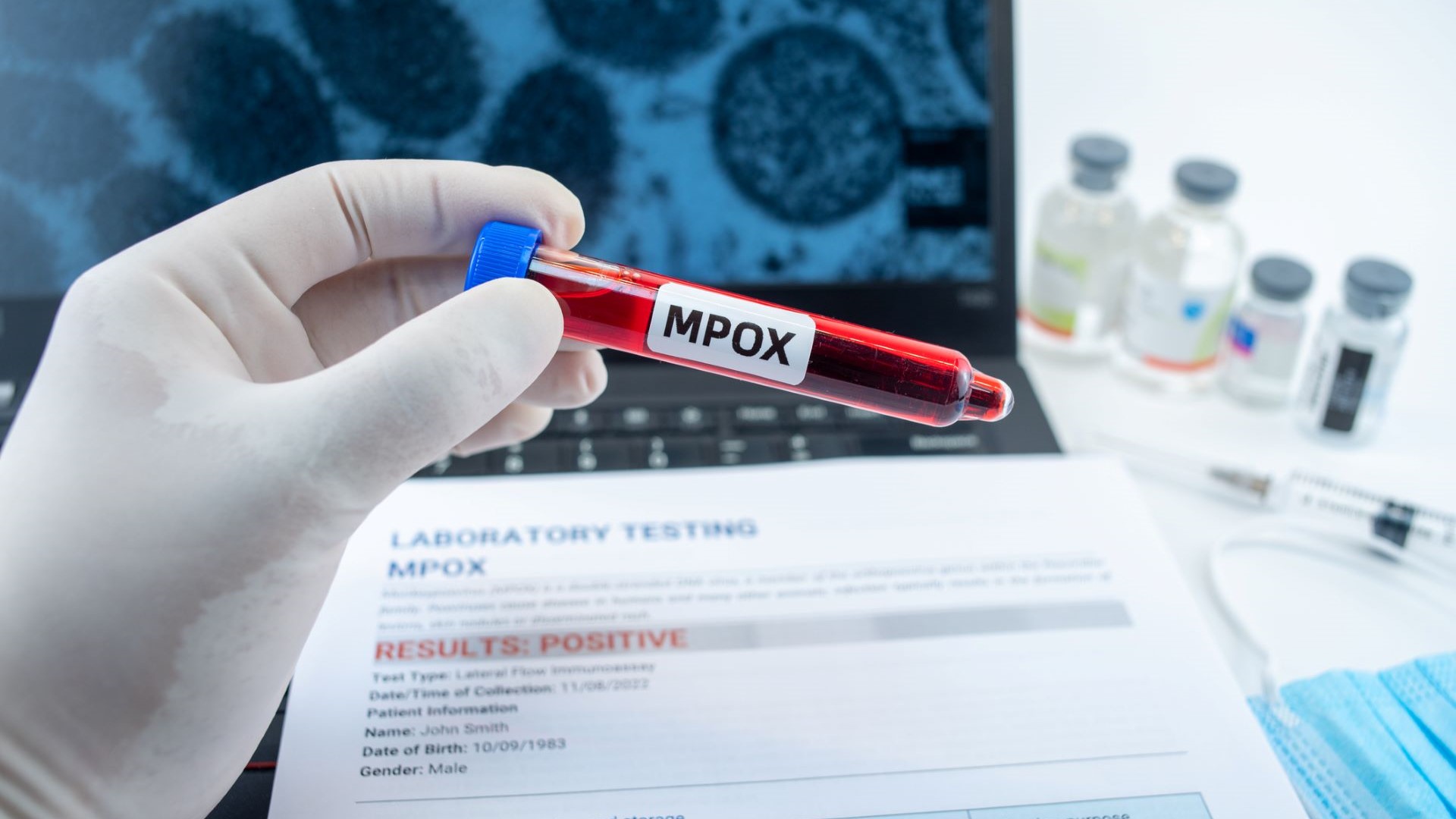Help Slow the Spread of Mpox

Mpox is a cause for concern as students return to K-12 schools, colleges, and universities. Infections are spread mostly through close, personal contact with someone with mpox. Education and vaccination can help slow the spread and counter ongoing misinformation.
What Is Mpox?
The World Health Organization (WHO) describes mpox as a virus that causes a disease similar to smallpox, but less severe. It can be transmitted through contact with bodily fluids, skin lesions, respiratory droplets, and contaminated objects.
Mpox — formerly known as Monkeypox — is rarely fatal. Immunocompromised people and children under 8 are the most at risk of severe infection.
According to the Centers for Disease Control and Prevention (CDC), mpox symptoms include fever, headache, muscle aches, swollen lymph nodes, chills, and exhaustion. The most prominent symptom is a rash that looks like pimples or blisters appearing on the face, inside the mouth, and on other parts of the body, like the hands, feet, chest, genitals, or anus. These CDC photos show some of the variety of mpox rashes.
The illness typically lasts two to four weeks.
Inform Your Campus About Mpox Prevention and Response
Education is important to curbing the spread of any illness. Use CDC materials to teach students how to prevent the spread of mpox.
Emphasize in communications that anyone can get mpox. Promote it as a public health concern for all.
The CDC advises people to take these prevention steps:
- Get vaccinated.
- Avoid close, skin-to-skin contact with people who have a rash that looks like mpox.
- Avoid contact with objects and materials such as bedding, towels, or clothing that a person with mpox has used.
- Wash your hands with soap and water or use an alcohol-based hand sanitizer, especially before eating, before touching your face, and after using the bathroom.
- Take steps to lower your risk during sex. For more information, see the CDC’s Safer Sex, Social Gatherings, and Mpox.
Treatment
The WHO advises anyone who thinks they might have mpox to self-isolate and contact a health care provider. Anyone with symptoms of mpox should talk to their health care provider, even if they don’t think they had contact with someone with mpox.
There are no treatments specifically for mpox. In some cases, smallpox antiviral treatments are being used to treat mpox.
Vaccinations
The CDC recommends people get the vaccine if they:
- Are a gay, bisexual, or other same-gender loving man who has sex with men or are transgender, gender non-binary, or gender-diverse AND in the last six months have had, or expect to have:
- One or more sexually transmitted infections
- More than one sexual partner, or anonymous sexual or intimate contact
- Sex at a commercial sex venue
- Sex in association with a large public event in a geographic area where mpox transmission is occurring
- Have had sexual or intimate contact with a person who is at risk of mpox as described above
- Have had sexual or intimate contact with someone who may have mpox
Anyone getting the vaccine should get two doses four weeks apart.
For updated information on vaccine availability, see the CDC website.
Monitor and Communicate
Use the CDC website as a tool to watch for U.S. and global outbreaks. If your institution is in an affected zone, share information with the community. Include prevention and vaccination information in any campus alert and educational material. Provide similar information to traveling students, especially if they’re visiting a country or area experiencing active infections.
Misinformation is prevalent with mpox. For example, some groups are using this illness in attempts to stigmatize the gay community. Consider monitoring campus communications (including social media) for misinformation, and counter any common myths or stigmas in your alerts.
Use Waivers and Assumption of Risk Forms
Waivers and assumption of risk forms educate students about a location or activity’s inherent risks. Consider including the following in any waiver or assumption of risk form for any travel to affected zones or contact sports:
- An acknowledgment that the signer received information about the virus from a trusted health organization (such as the CDC or state government)
- Detailed information about locations or activities that may place a person at risk of contracting the virus
- Known health conditions associated with the virus
- An acknowledgment that the signer understands and assumes risks associated with the virus
Consult with an attorney about drafting risk transfer documents, including whether a waiver or assumption of risk form is more appropriate for your activity.
More From UE
Guide to Creating and Improving a Campus Crisis Communications Plan
Additional Resources
About the Author
-

Melanie Bennett, Esq., ARM-E
Senior Risk Management Counsel
In her role on UE’s Risk Research team, Melanie dives into timely topics affecting education. Her areas of expertise include protecting minors, enterprise risk management (ERM), technology accessibility, and athletics. Prior to joining UE, she interned at the U.S. Department of Education’s Office for Civil Rights. Melanie serves on the Higher Education Protection Network’s (HEPNet’s) Board of Directors.





